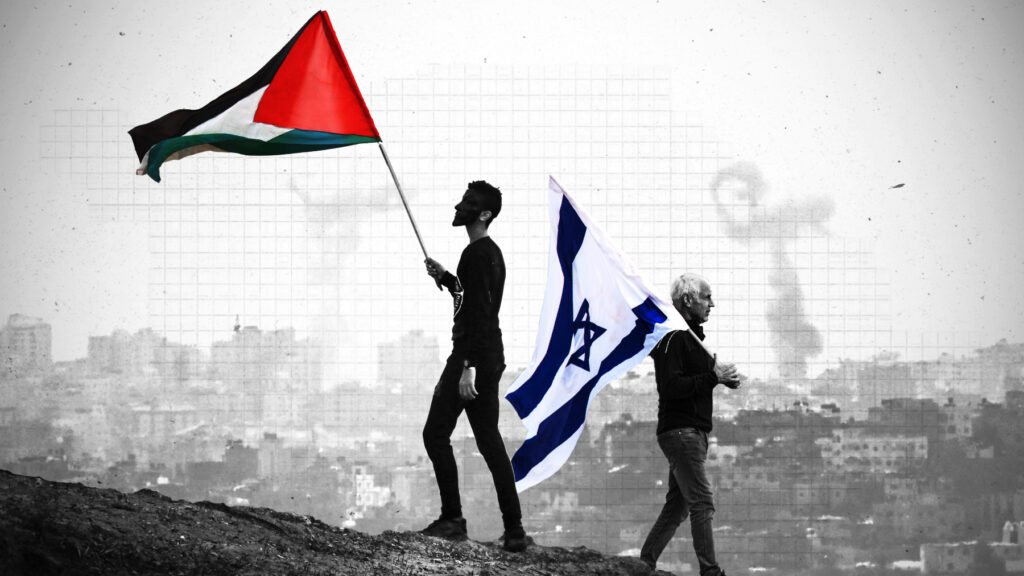The Israel-Palestine conflict is a complex and deeply rooted struggle that has captured the world’s attention for decades. It’s a story of two nations, each with its unique history, aspirations, and grievances, as well as various factions vying for influence. In this article, we’ll delve into the heart of this enduring conflict, exploring its historical origins, key players, and the ongoing efforts to find a lasting solution while focusing on the role of Hamas.

A Historical Perspective: To understand the Israel-Palestine conflict, we must first journey back in time. The roots of this struggle can be traced back to the late 19th century when Jewish immigration to Palestine, then under Ottoman rule, began to rise. The Zionist movement, which aimed to establish a Jewish homeland in the region, gained momentum.
The Birth of Israel: In 1947, the United Nations approved the partition plan, leading to the establishment of the State of Israel in 1948. This historic event marked a turning point in the conflict, as it was met with resistance from the Arab world and led to a series of wars.
Key Issues: The conflict revolves around several key issues, including borders, the status of Jerusalem, the right of return for Palestinian refugees, and security concerns for both sides. These issues have been at the center of negotiations and tensions for years.
The Role of Hamas: Hamas, an Islamist militant organization, has played a significant role in the Israel-Palestine conflict. Founded in 1987 during the First Intifada, Hamas has both political and military wings. It has been at the forefront of Palestinian resistance, with the stated goal of liberating Palestine from Israeli occupation and establishing an Islamic state.
Challenges and Hurdles: Hamas’s influence in Gaza, coupled with its refusal to recognize Israel’s right to exist, has posed a major obstacle to peace efforts. The group’s involvement in armed conflicts with Israel, rocket attacks, and its control over Gaza have complicated the path to a lasting solution.
International Efforts: Over the years, various international actors, including the United Nations, the United States, and the European Union, have attempted to mediate the conflict and find a lasting solution. The Oslo Accords of the 1990s aimed at establishing Palestinian self-governance, but a final resolution remains elusive.
Hope for the Future: Despite the long history of conflict and the role of Hamas, there are signs of hope. Civil society initiatives, people-to-people dialogues, and grassroots movements on both sides are working to bridge the divide. Many individuals and organizations are tirelessly striving for a peaceful coexistence, including efforts to engage with Palestinian moderates and work toward a two-state solution.
Conclusion: The Israel-Palestine conflict is a complex and deeply emotional issue with a history that spans decades. It is a story of two nations with deep-seated aspirations and grievances, as well as a complex web of factions vying for influence. While the road to peace remains challenging, there is a shared desire for a future where Israelis and Palestinians can coexist in harmony, side by side. The path to a lasting solution may be long and winding, but the hope for a peaceful resolution endures, even in the face of challenging dynamics such as those involving Hamas.
Follow our Facebook Page Click Here
Share our website Click Here
